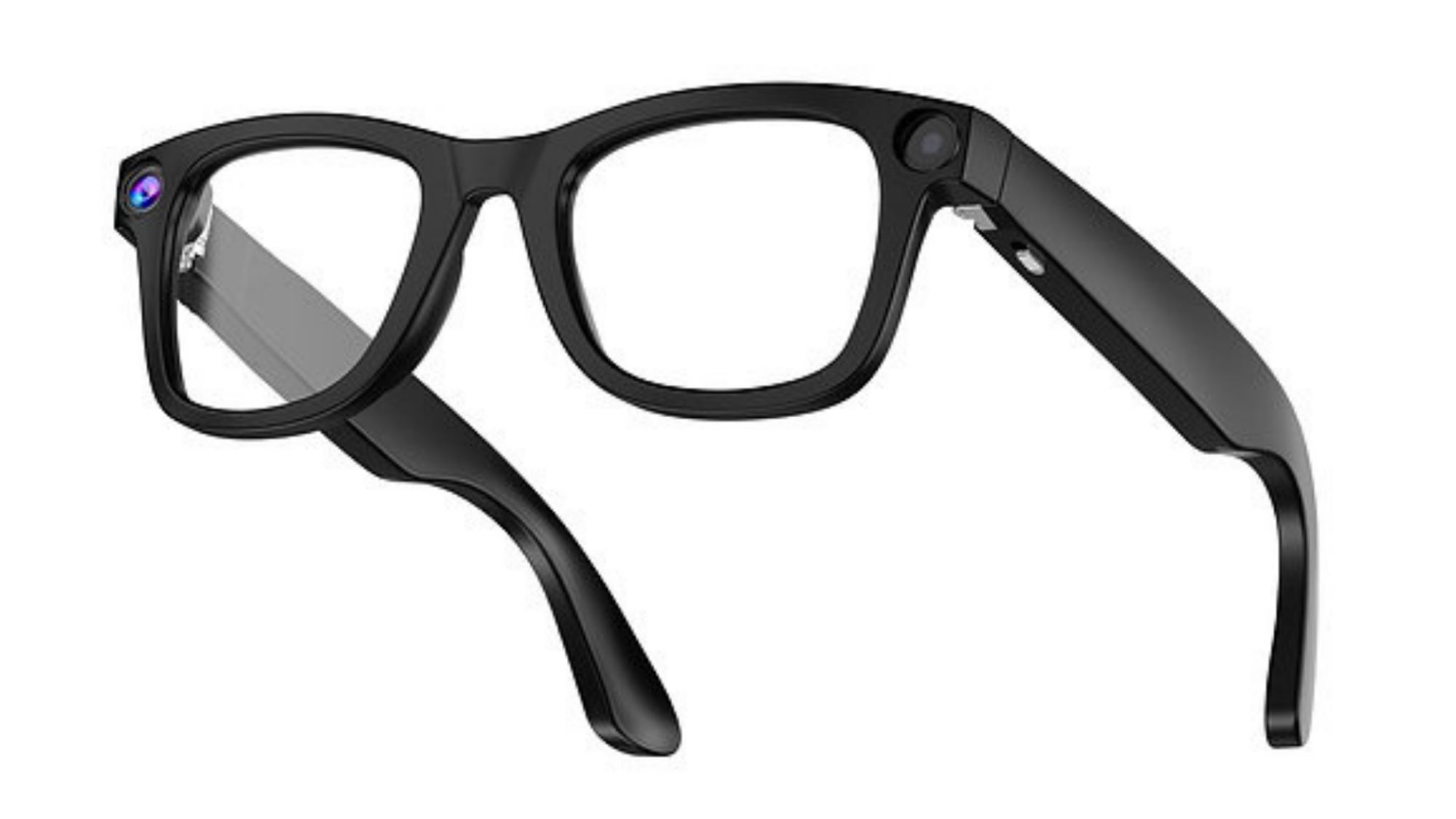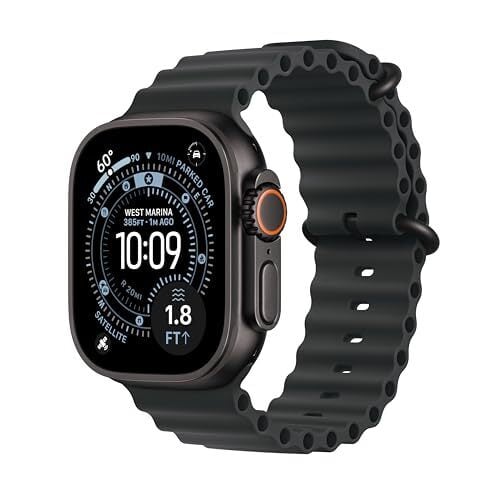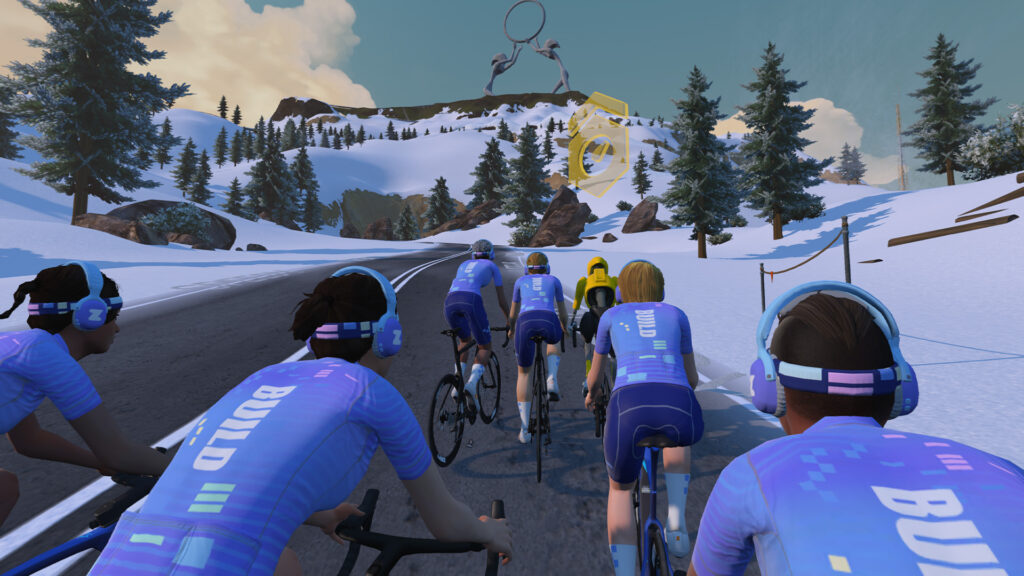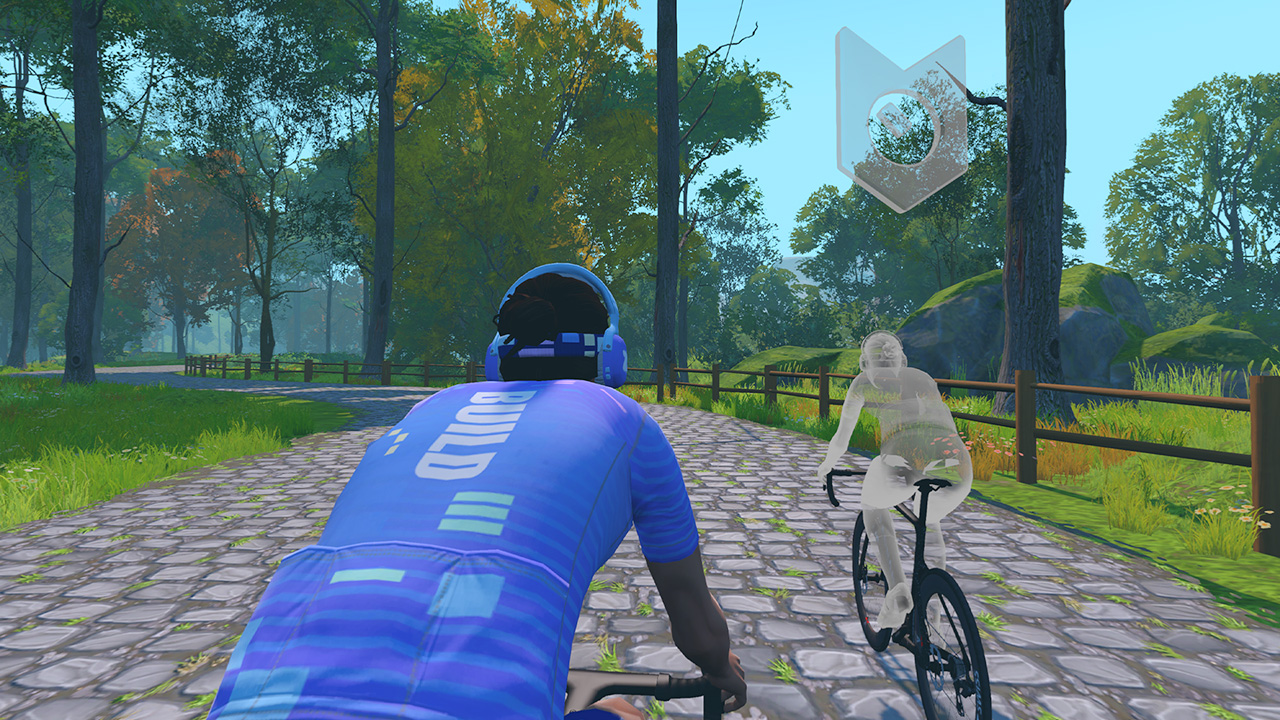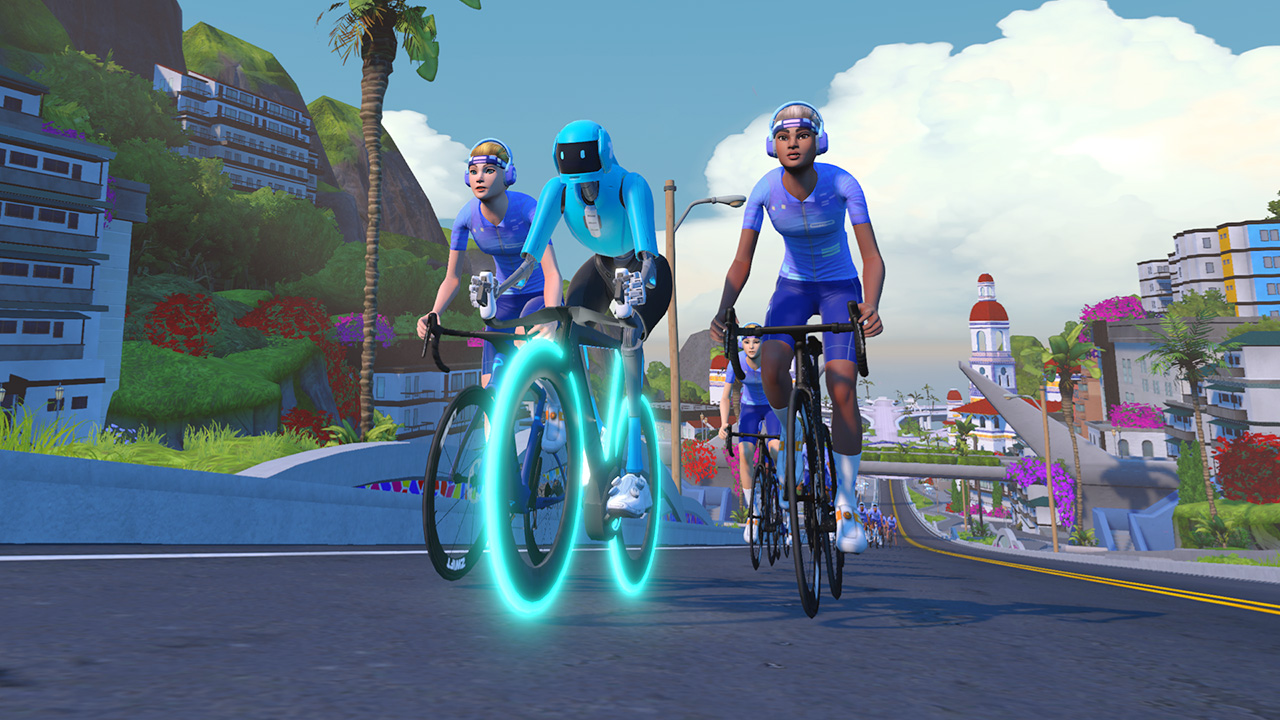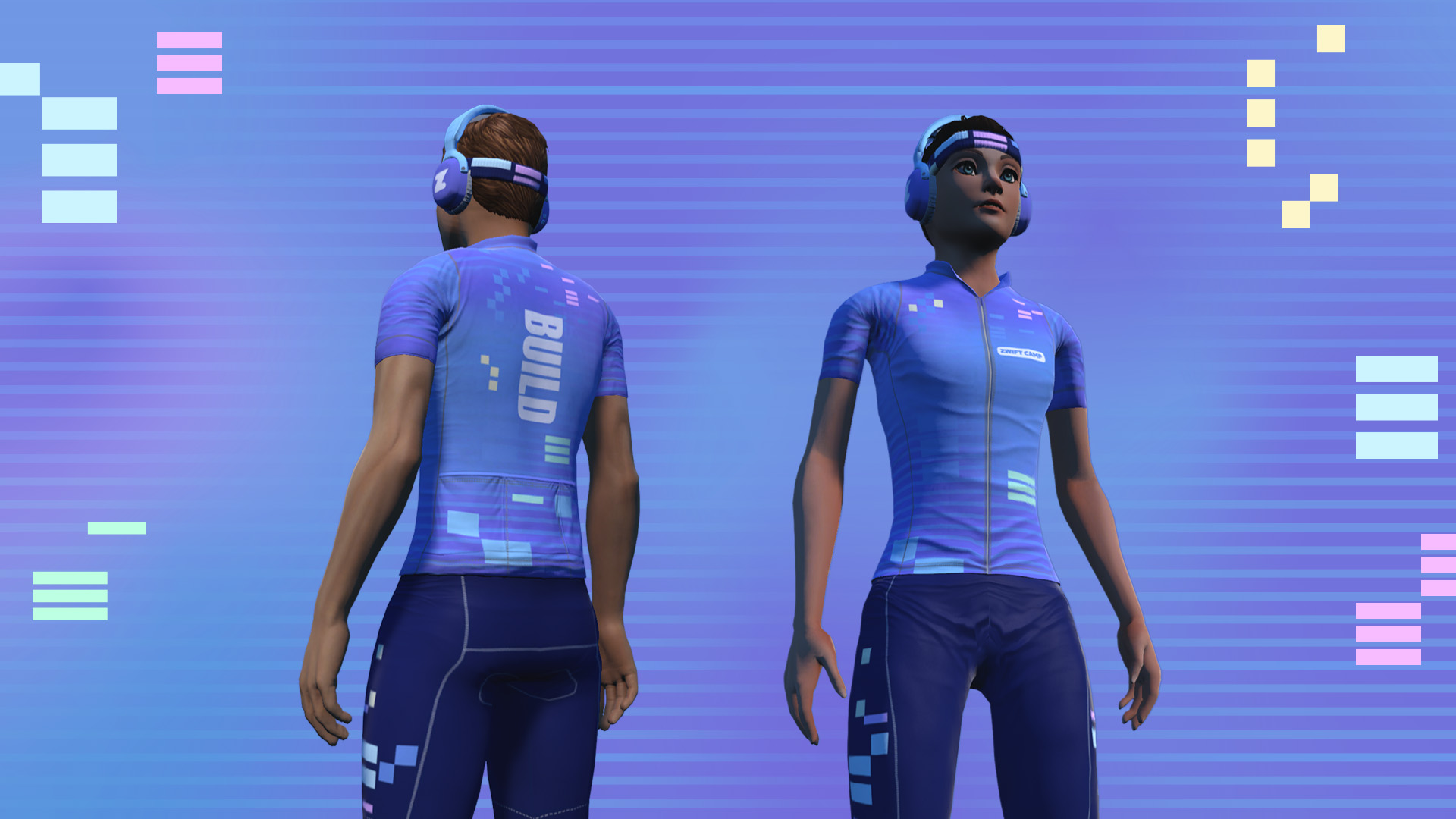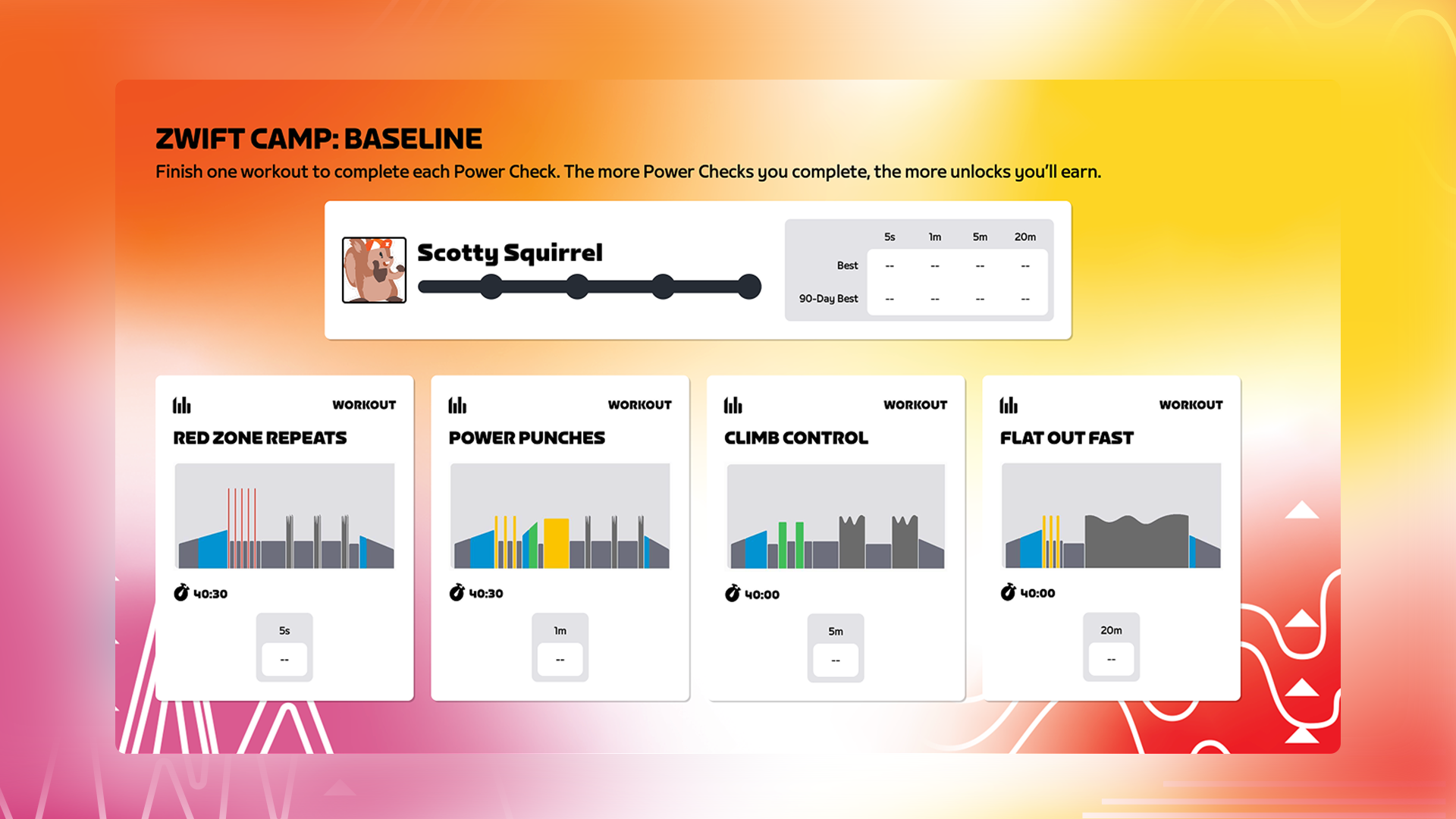We may earn a commission from links on this page.
The big shopping outlets are gearing up for another Black Friday sale season, and we’ll be on top of all those deals. In particular, I’ll be looking out for deals on fitness gear including fitness trackers and smartwatches, so let me give you a preview of what I’m expecting—and hoping—to see.
My predictions here are based on what sales we’ve seen from these models in the past, and what last year’s Black Friday looked like with respect to the then-current models. This year, most of the companies on my list have introduced new watches, but are also still selling their older models. Here are the prices I’ll be looking for to know when I’ve found a great deal.
Fitbit Charge 6: $99 or lower
We may have an early winner here. The Fitbit Charge 6 has a sticker price of $159.95, but often sells for a good bit less, and occasionally drops down near $100. As I checked the current price just now, I saw that it’s already down to $99.95. This device isn’t the best one out there, but it fits the bill of an “I don’t want to think about it” basic tracker. If you just want to track your steps without overthinking which model to get, this is a fine pick. With this low price coming so early in November, I’m now curious whether a Black Friday deal might drop it even further.
Garmin Forerunner 55: $149 or lower
Garmin’s Forerunner 55 is its most basic running watch, which I have mixed feelings about. It’s missing a lot of features that other entry-level Garmin Forerunners, like the 165, have as a matter of course. But it does great at the basic job of tracking your runs, and I’ve always felt that if Garmin could get it closer to $99, I’d sing its praises from the rooftops. It’s never dropped quite that low, though.
The original sticker price was $199.99, and it’s often sitting somewhere around $169, which is where I see it right now. The lowest I’ve seen is $149.99. This watch isn’t getting any younger, and I think if Garmin’s smart, they’ll consider a steeper price drop this Black Friday. Let’s see.
Garmin Forerunner 165: $199 or lower
The 165 is Garmin’s modern entry-level watch. No offense to the 55, but it feels like a holdover from the past, as evidenced by the fact it’s four years old and has had to sit out two generations of newer models from the company. The 165 doesn’t feel outdated yet, though, and our resident marathoner Meredith Dietz loved the 165 Music. Its sibling, the 165 (same thing, just no offline music storage), made my list of the best affordable running watches.
Because it comes in those two versions, you’ll want to pay attention to the difference. The music edition typically costs $50 more. So, looking at the vanilla Forerunner 165—without music storage—it’s currently sitting at $249. It’s dropped to $199.99 twice in recent memory—once for Prime Day this summer and once for last year’s Black Friday. I’d keep an eye out for another drop to $199.99.
Apple Watch Series 11: $329 or lower
Last year’s Series 10 watch dropped as low as $329 for Black Friday. This year, the Series 11 is the newest model (see our associate tech editor Michelle Ehrhardt’s take on it here). The base model has the same regular retail price of $399 as the Series 10 did last year, so a repeat of that discount seems likely. Apple’s “series” watches come in two sizes and two connectivity options, so I’m focusing on the smaller model without cellular. Expect larger sizes to cost $20 more and cellular to cost $100 more.
So if all is equal, this year’s Black Friday should bring Series 11 deals of $329 or so. Lower would be great! It’s harder to know what to expect from the Series 10, since it’s older. But last year the older model (the Series 9) was available for $219 as a Black Friday deal, so I’d keep an eye out for similarly steep discounts on the 10 this year.
Pixel Watch 4: $329 or lower
The newest version of Google’s Pixel Watch is the 4, which I reviewed here. As with the Apple Watch, it makes sense to look at how last year’s version fared in last year’s sales. In 2024, the Pixel Watch 3 dipped down to $279 for Black Friday, from a regular price of $349, so we may be able to expect something similar for the 4 this year. The Pixel Watch 4 is currently at the same starting point of $349 and up. As with the Apple Watch, I’m quoting numbers for the smaller, non-cellular model. The larger size costs $50 more and cellular capabilities cost $100 more.
If you’re interested in buying the older model, you’re already in luck. As I write this, the Pixel Watch 3 is on sale for $199.99, $100 off its usual price. If last year’s sales on the Pixel Watch 2 are any indication, the 3 might drop as low as $145.
Garmin Forerunner 970: $699 or lower
Garmin’s 970 and 570 have never been on a real sale yet; both were launched earlier this year. The 970, with maps and an LED flashlight, has a retail price of $749. The 570, which is missing those two features but is still an excellent higher-end running watch, sits at $549. Will Black Friday bring the first sales for these watches? I think there’s a good chance of it, but I’m not expecting a huge discount. Last year, the previous models—the 265 and 965—were both $100 off, but they were a year and a half old at that point. Go back two years, to when they were newer, and the discount was more like $50.
If I’m confusing you with all these model numbers, I have an explainer here that will help you follow along. In any case, the 265 and 965 are still good watches, and I think this year we might be able to expect more than $100 off for those two. Look for the 265 at anything below $349.99, or the 965 at anything below $499.99.
Coros Pace 3: anything below $229
Coros doesn’t usually participate in big sale events, but this year it has announced that a Pace 4 will be released mid-November. That suggests that the Pace 3 may see a price drop—possibly even a permanent one. I like the Pace 3 a lot as a simple but powerful running watch. It’s currently retailing for $229, and I don’t think I’ve ever seen it on sale. Let’s see if that changes.
